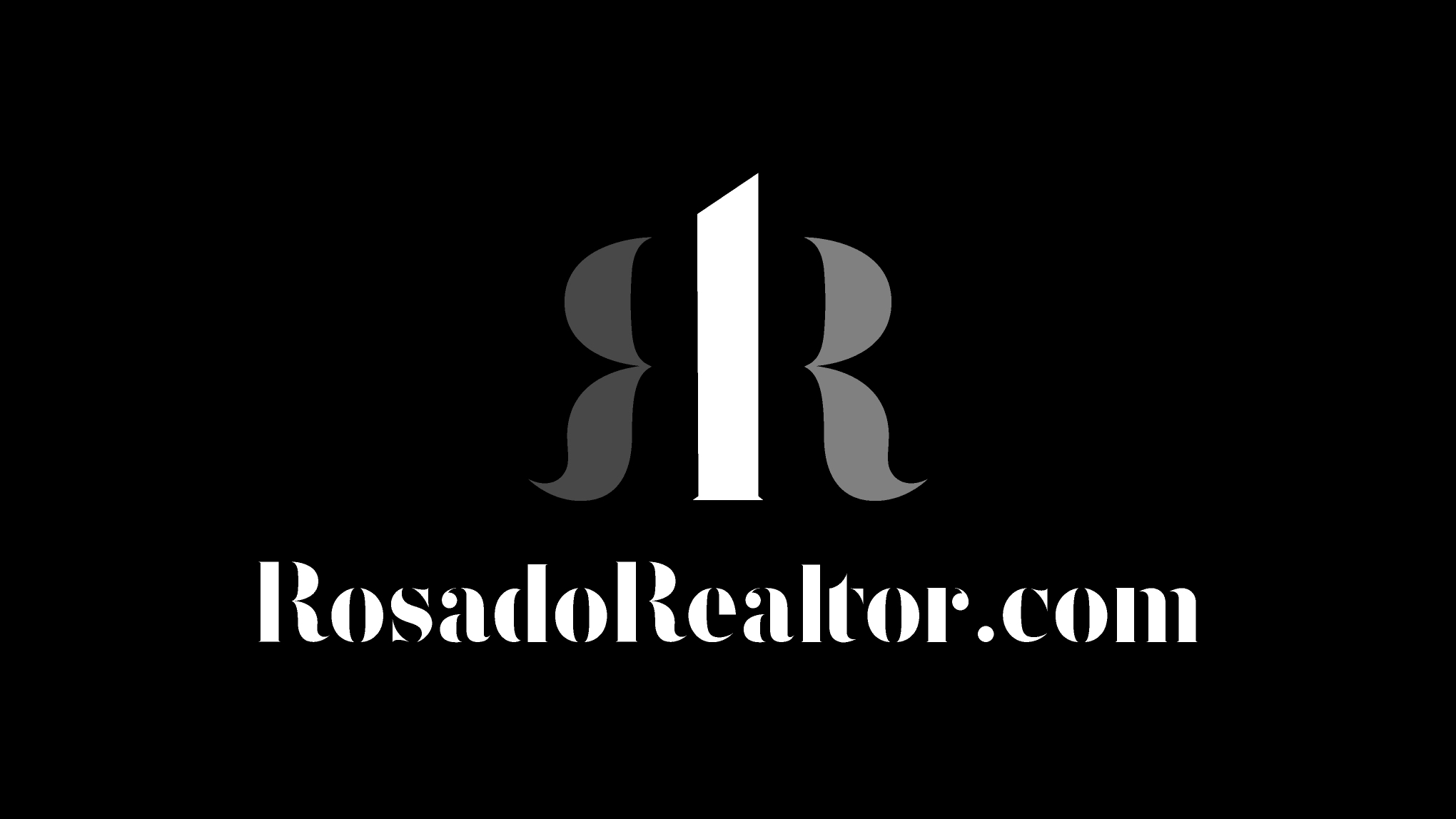Inflation is playing a major role in the real estate market.
Not only is inflation here, but it’s much more rampant than the Federal Reserve will acknowledge. All of us have stories about products that we are used to buying increasing two to three times their normal cost in the past two years. With semiconductors, lumber, raw materials, and warehousing costs all skyrocketing due to lack of supply, it’s no wonder that cars, homes, and electronics have gone up considerably in price.
What makes this round of inflation exponentially worse is the fact that there is one thing that’s increased in supply at an alarming rate: the amount of newly printed money entering the economy. The housing market is about to see another price jump soon, and this time I believe it will be in the North Jersey/Metro NYC area.
So, what’s the Fed telling us right now? The first thing they’re saying is that push inflation is happening. This is a scenario in which all of the additional costs of the inflated goods used to fabricate products and services are pushed onto the buyer. The Fed has been calling this “transitory” inflation, suggesting that it’s temporary and will fade over time.
I agree and disagree with that statement. Durable goods like appliances, tools, and cars will likely see supply chains come back over time. The American products will probably be back in business sooner. However, since we’re reliant on global supply chains, I think we will see this inflation extend a lot longer than expected. The FDA has approved vaccines in the U.S., but people in manufacturing countries don’t have access to them yet. That’s just one inflation issue that’s being understated.
The real type of inflation that will ultimately keep us at elevated levels is wage inflation. It’s about to get wild. I know business owners in the restaurant and service industries who are having to offer 30% to 50% above minimum wage and still can’t fill all their positions. One person I know is paying a worker $24/hr just to spread cream cheese on bagels.
“ Inflation has brought rental inventory back to pre-pandemic levels.”
To add insult to injury, gas prices are increasing, making commutes more expensive. This is an organized shortage by OPEC, who voted to cut production to raise prices. This has nothing to do with all the other supply chain issues caused by the coronavirus.
How does all of this apply to our local real estate market? The rental market in NYC has already made a comeback. We‘re seeing sales inventory drop every week because of the lower volume of sales at the end of summer and the rate of contracts picking up. Businesses are now demanding that workers come back to work physically, and this is where the supply shock has occurred in the NYC rental market already. The FED has stated that their quantitative easing in the form of low interest rates will continue and that the tapering of purchases of bonds and securities may be pushed back while the economy recovers. My opinion is that they will probably move that back. In other words, more money will be printed.
Inflation has already brought rental inventory back to pre-pandemic levels, as evidenced by an email I recently received from StreetEasy. The volume of rental visits on their website is up 52%, viewership is up 63%, and rental contacts are up 79% year over year. Meanwhile, rental prices are soaring, and rates continue to drop. We’ve seen the sales market pick up a bit, but not like it has in other areas of the country.
This leads me to believe that the Hudson County market is primed to take off here in the next 30 to 45 days. We’re talking more showings, more offers, and higher prices. As a buyer or seller, it’s important to evaluate the direction of the market. You don’t want to sell yourself short as a homeowner or miss an opportunity as a buyer.
If you have questions for me about anything that was discussed in today’s video, don’t hesitate to reach out via phone or email. I look forward to hearing from you soon.



